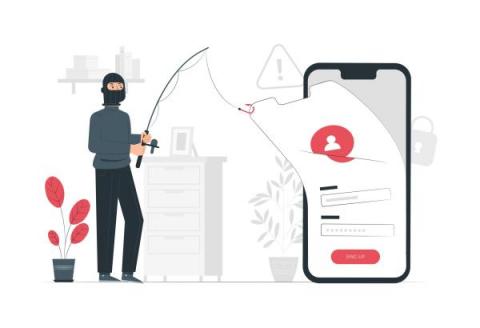Ultimate Security Checklist to Launch a Mobile App in Mexico - iOS & Android
Mexico is a budding market for mobile apps. The total revenue generated by mobile apps is expected to surpass $2100 million by 2027 from just $1500 million in 2022. So, if you're an app developer and thinking of launching a secure mobile app in Mexico, you're making the right decision. However, it's not as easy as you may think. Navigating Mexican data privacy regulations can be challenging, but it's critical to ensure that personal information stays secure and is not misused.








